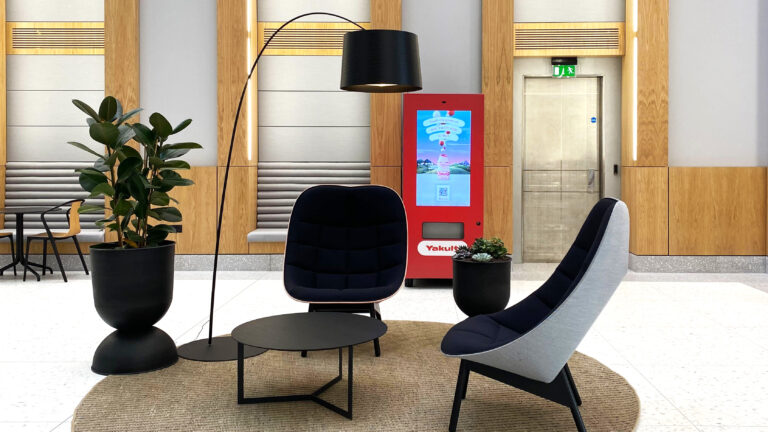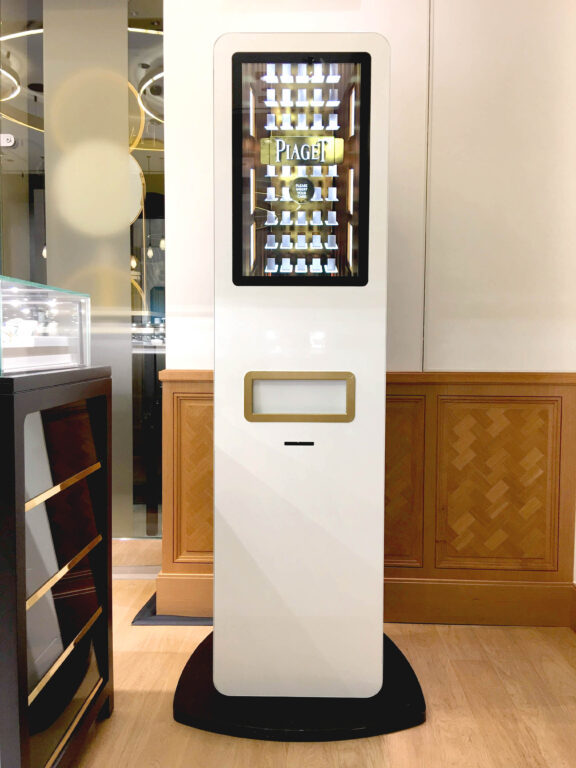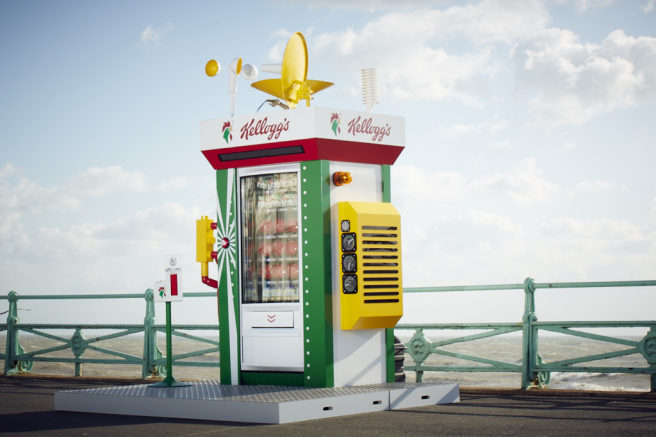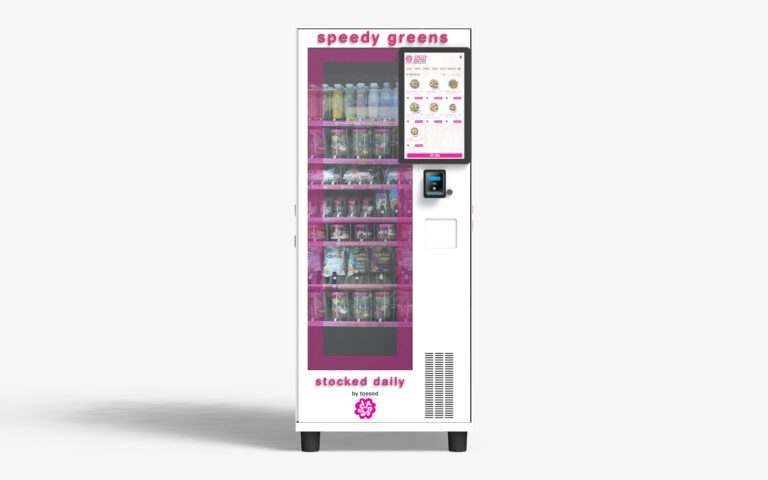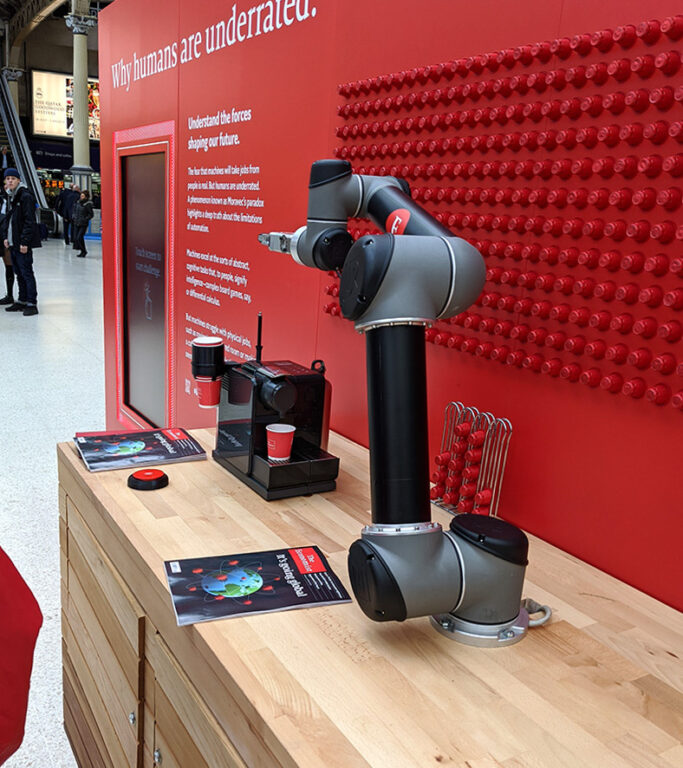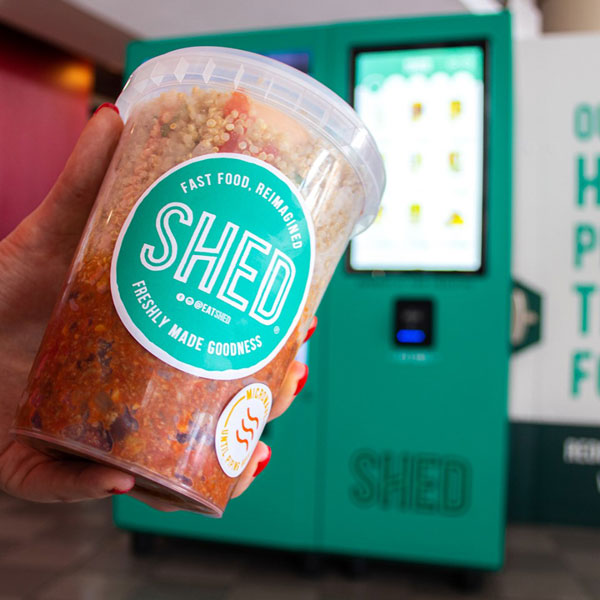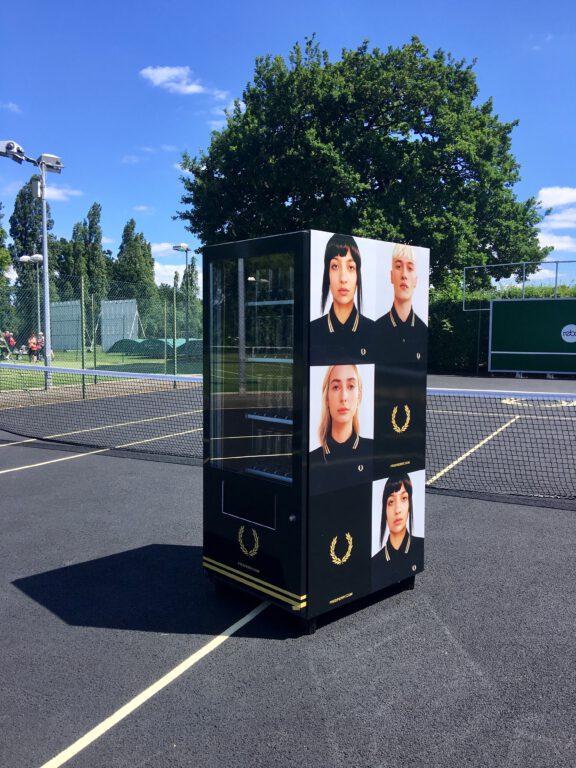Recent Deployments
We’re extremely appreciative of our customers who have enabled us to showcase our automated retail projects together, their impact, and in some cases the challenges they presented along the way, whilst also endorsing us with amazing testimonials. We’re honoured to be part of their journey in this fast-paced industry!

